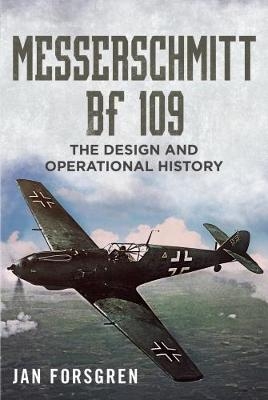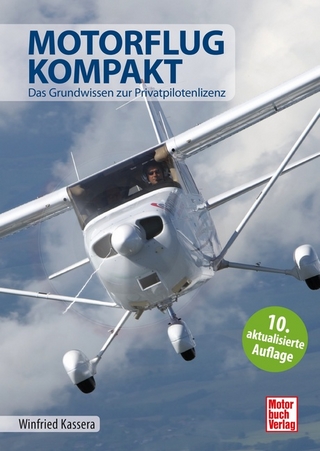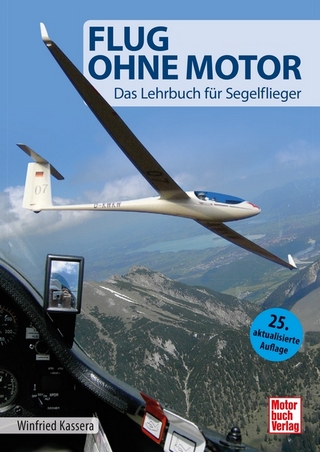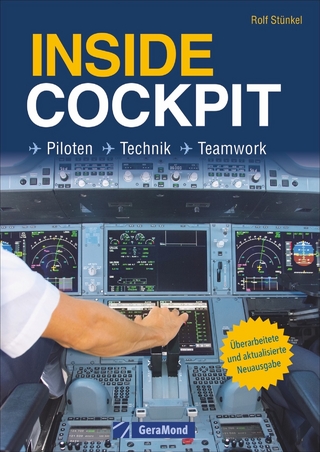
Messerschmitt BF 109
The Design and Operational History
Seiten
2017
Fonthill Media Ltd (Verlag)
978-1-78155-586-6 (ISBN)
Fonthill Media Ltd (Verlag)
978-1-78155-586-6 (ISBN)
The Messerschmitt Bf 109 is one of the most famous fighters of all time. First flown in 1935, it was continually developed, serving with the Luftwaffe first-line until the German surrender in May 1945. More than 33,000 were built, serving in the air forces of over ten nations. Post-war, it remained in production in both Czechoslovakia and Spain.
More than 33,000 Messerchmitt Bf 109s were built between 1935 and 1945, making it the second-most produced warplane of all time. Its baptism of fire was in Spain during the Spanish Civil War of 1936-39. The Bf 109 was the mainstay of Luftwaffe fighter squadrons, and the favoured choice of most of the Luftwaffe's fighter aces. Luftwaffe Bf 109 pilots accounted for thousands of Allied aircraft, with individual scores for some pilots reached hundreds of downed aircraft. It saw service in Poland, the invasion of France and, of course, during the Battle of Britain in 1940. Although gradually becoming obsolete, the Bf 109 remained in large-scale production until the end of the war, and was supplied to more than ten countries, including Finland, Hungary, and Romania. After the war, development and production continued in Czechoslovakia and Spain as the Avia S-199 and Hispano Ha-1112 respectively, the latter powered by a Rolls-Royce Merlin engine. Incredibly, the state of Israel operated Czech-built Avia S-199s during its War of Independence in 1948-49. Today, the Bf 109 is considered one of the greatest fighters ever produced.
More than 33,000 Messerchmitt Bf 109s were built between 1935 and 1945, making it the second-most produced warplane of all time. Its baptism of fire was in Spain during the Spanish Civil War of 1936-39. The Bf 109 was the mainstay of Luftwaffe fighter squadrons, and the favoured choice of most of the Luftwaffe's fighter aces. Luftwaffe Bf 109 pilots accounted for thousands of Allied aircraft, with individual scores for some pilots reached hundreds of downed aircraft. It saw service in Poland, the invasion of France and, of course, during the Battle of Britain in 1940. Although gradually becoming obsolete, the Bf 109 remained in large-scale production until the end of the war, and was supplied to more than ten countries, including Finland, Hungary, and Romania. After the war, development and production continued in Czechoslovakia and Spain as the Avia S-199 and Hispano Ha-1112 respectively, the latter powered by a Rolls-Royce Merlin engine. Incredibly, the state of Israel operated Czech-built Avia S-199s during its War of Independence in 1948-49. Today, the Bf 109 is considered one of the greatest fighters ever produced.
Jan Forsgren has an MA in History and is the author of five books including two in English. He has written hundreds of aviation-related articles for various aviation magazines, including 'Aeroplane', 'The Aviation Historian' and 'FlyPast'. He has also written articles on the Air Forces in Southeast Asia that are available on www.aeroflight.co.uk. For Fonthill he has written 'Sink the Beast: the 1944 RAF Lancaster Raids', a work on the demise of the battleship Tirpitz.
| Erscheinungsdatum | 23.08.2017 |
|---|---|
| Verlagsort | Toadsmoor Road |
| Sprache | englisch |
| Themenwelt | Natur / Technik ► Fahrzeuge / Flugzeuge / Schiffe ► Luftfahrt / Raumfahrt |
| Natur / Technik ► Fahrzeuge / Flugzeuge / Schiffe ► Militärfahrzeuge / -flugzeuge / -schiffe | |
| Sozialwissenschaften ► Politik / Verwaltung | |
| ISBN-10 | 1-78155-586-9 / 1781555869 |
| ISBN-13 | 978-1-78155-586-6 / 9781781555866 |
| Zustand | Neuware |
| Haben Sie eine Frage zum Produkt? |
Mehr entdecken
aus dem Bereich
aus dem Bereich
das Grundwissen zur Privatpilotenlizenz
Buch | Hardcover (2024)
Motorbuch Verlag
39,90 €


